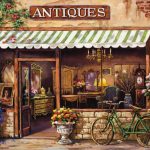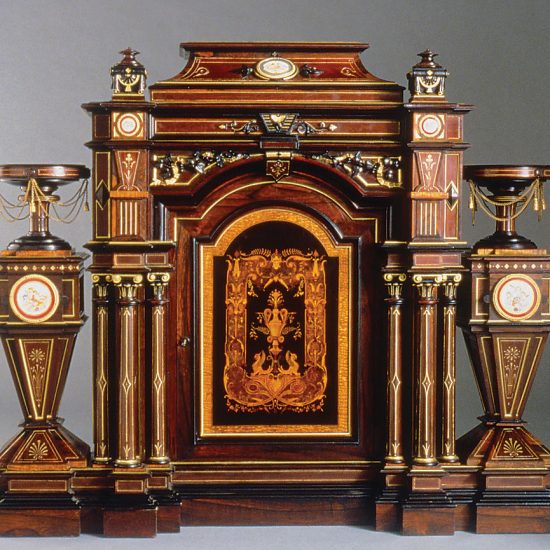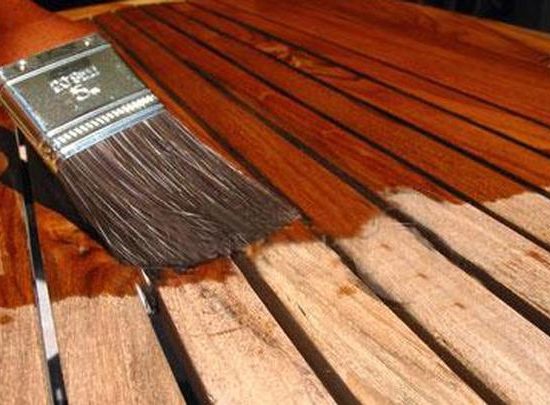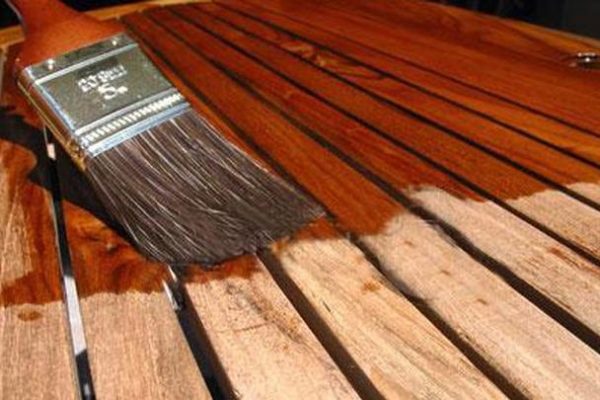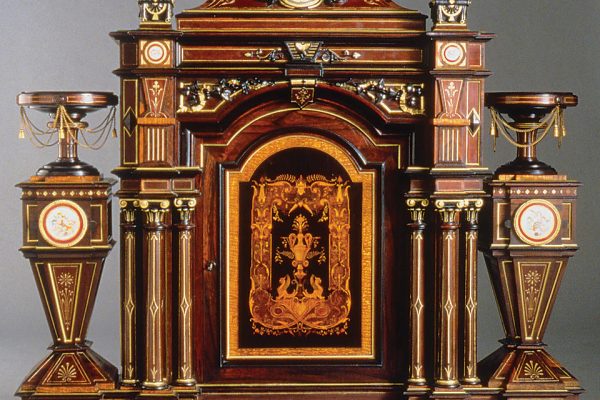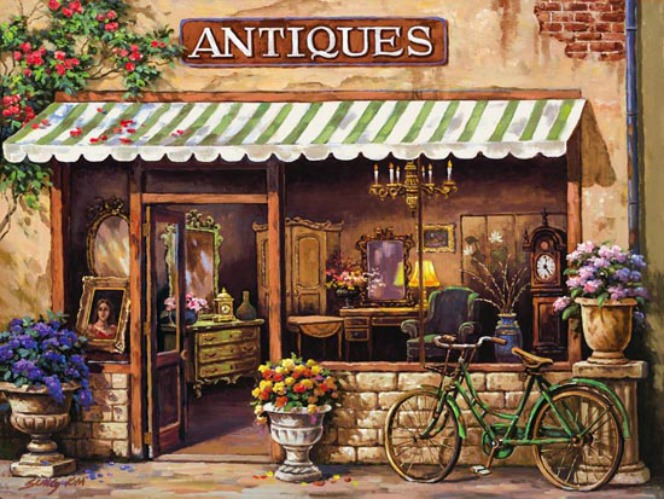
Generally speaking, antique shoppers are savvier than your everyday bargain hunter. You won’t find a random person out hunting for 1930s art deco lamps, or a fender for a turn of the century Schwinn bicycle. Your store inventory needs to be just as specific as their tastes. Antique store POS software cannot only help you record exact details of a product, but can even locate it within the farthest corners of your establishment. Running an antique store is not always as simple as laying out your product. Here are three helpful tips that can attract shoppers from around the area to your new location.
1. Know Your Customers When shopping you tend to have a vague idea of what is needed. But for many, when hunting for antiques they know exactly what they want right down to product dimensions or manufacturing dates. So what kind of antiques does your business stock? Are you providing oriental carpets that once donned the floors of palaces? Are you furnishing classic 1950s appliances to home owners who want that nostalgic look? ‘Point of Sale’ software, or POS for antique stores will not only help you compartmentalize products by any number of predetermined categories, but also assist in getting to know the history of what you’re selling – and that will make the connection between potential buyers and products even tighter.
2. Inventory – Location is Everything That’s what they say – but it usually refers to store location. Where you place products within the business can determine whether or not a sale is made. Having that beautiful floral 70 year old vase in the front window will attract attention, but depending on the size of your store, customers may have a hard time finding specific items. POS software for antique mall locations can help you know where everything is in the store, from that 1980s touch-tone phone to a tea set that came over from England in 1875.
3. Sell Your Antiques at the Price You Both Want POS software for antique stores does many things, including listing of any item’s price. But what you hope to sell for, and what bargain antique shoppers expect to pay, are two very different numbers. Make a notation of what you feel is a good asking price for your item, and also one that is lower than the intended sale price. It will not only help in haggling, but if another employee is in talks to sell the item, it can assist them with a sale while still making a profit for your small business.
Even if your business doesn’t sell anything made after 1955, having up to date POS software for your antique store will help keep track of various inventories. It will make pleasing your customers (not to mention any employees you might have) that much easier.

